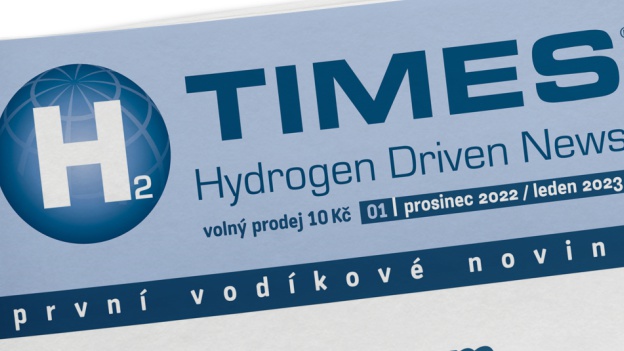A team of scientists from the University of Texas at Austin is trying to find a way to artificially mimic one of the naturally occurring processes that produces natural hydrogen underground. The project could be a game-changer for the energy transition, they say.
The team from the university's Institute of Economic Geology is investigating a set of catalysts that could kick-start the natural geological process of serpentinization, which releases hydrogen from iron-rich rocks as a by-product of chemical reactions at high temperatures.
„Natural geological hydrogen accumulations are found all over the world, but in most cases they are small and uneconomical. This is a challenge for our research,“ said Esti Ukar, a member of the research team.
„If we could help extract larger volumes of hydrogen from these rocks by driving reactions that would take place in nature over millions of years, I think geological hydrogen could really change the game.“
The university team recently received a $1.7 million grant from the Advanced Research Projects Agency-Energy (ARPA-E) of the U.S. Department of Energy.
Serpentinization typically occurs at high temperatures. Using natural catalysts that contain nickel and other platinum group elements, the team aims to stimulate hydrogen production at lower temperatures and at depths easily accessible to today's technologies. It is at these depths that iron-rich rocks are found around the world.
The team will explore the use of catalysts on a number of iron-rich rocks found in North America: mafic basalts in Iowa, banded iron formations in Wyoming, and ultramafic rocks in the Midwest.
The University of Texas at Austin team was one of 11 projects focused on the artificial production of geological hydrogen currently awarded grants totaling nearly $14 million by ARPA-E.
source - The University of Texas at Austin
photo source - The University of Texas at Austin






























